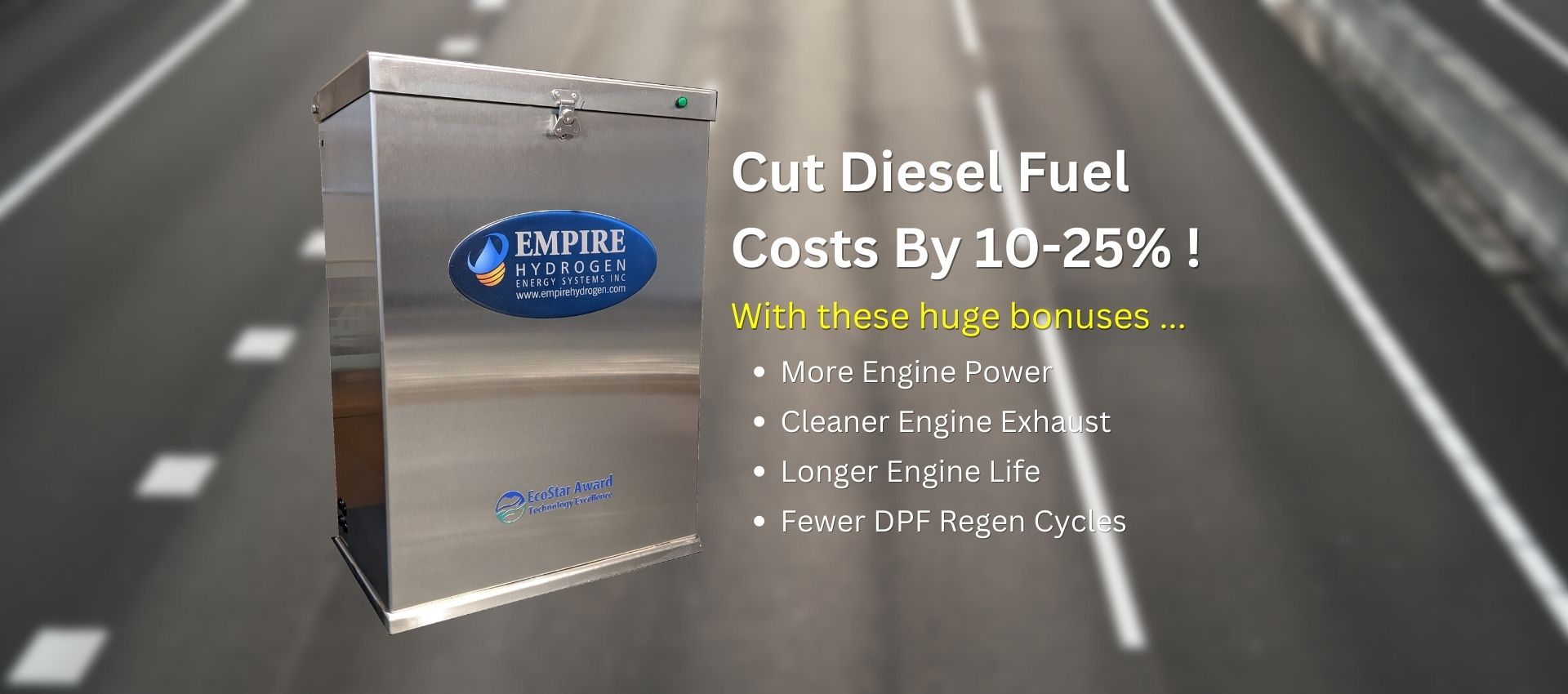
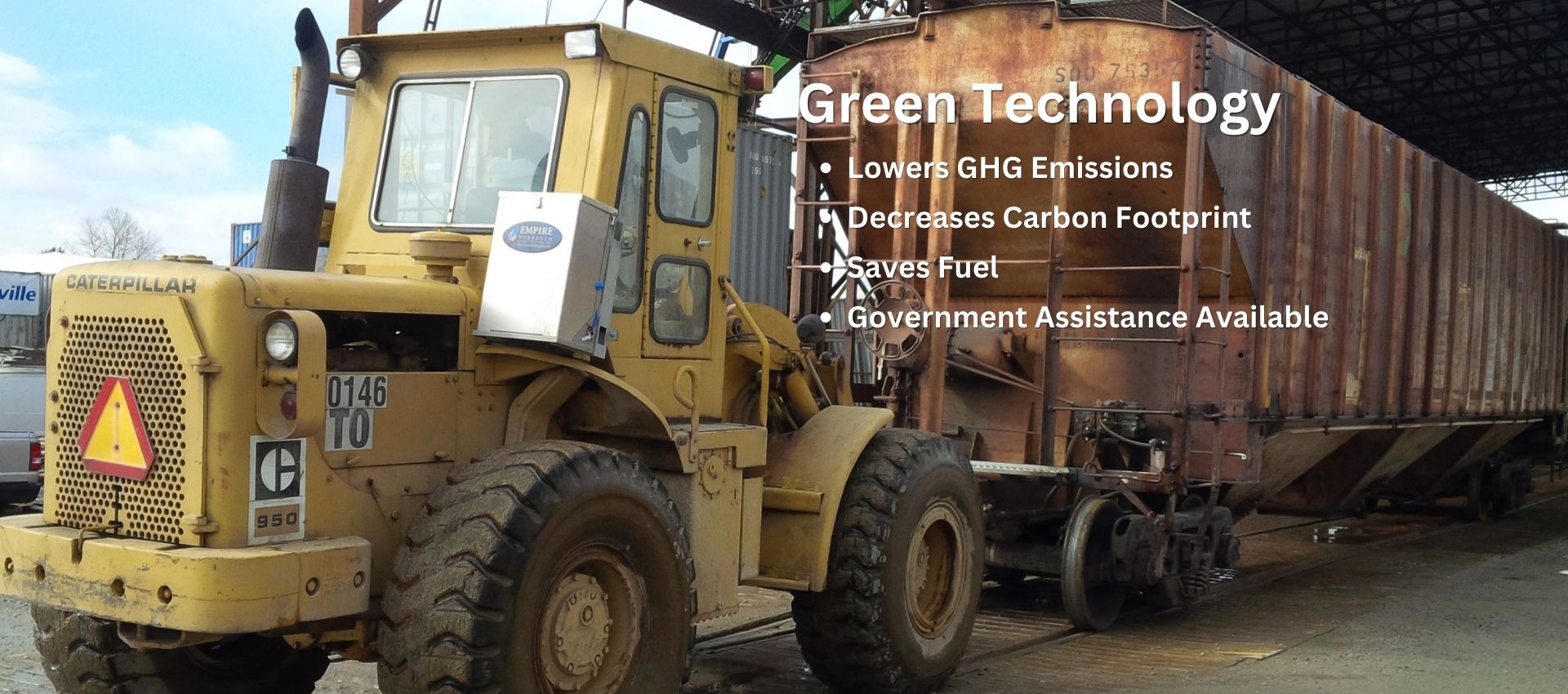
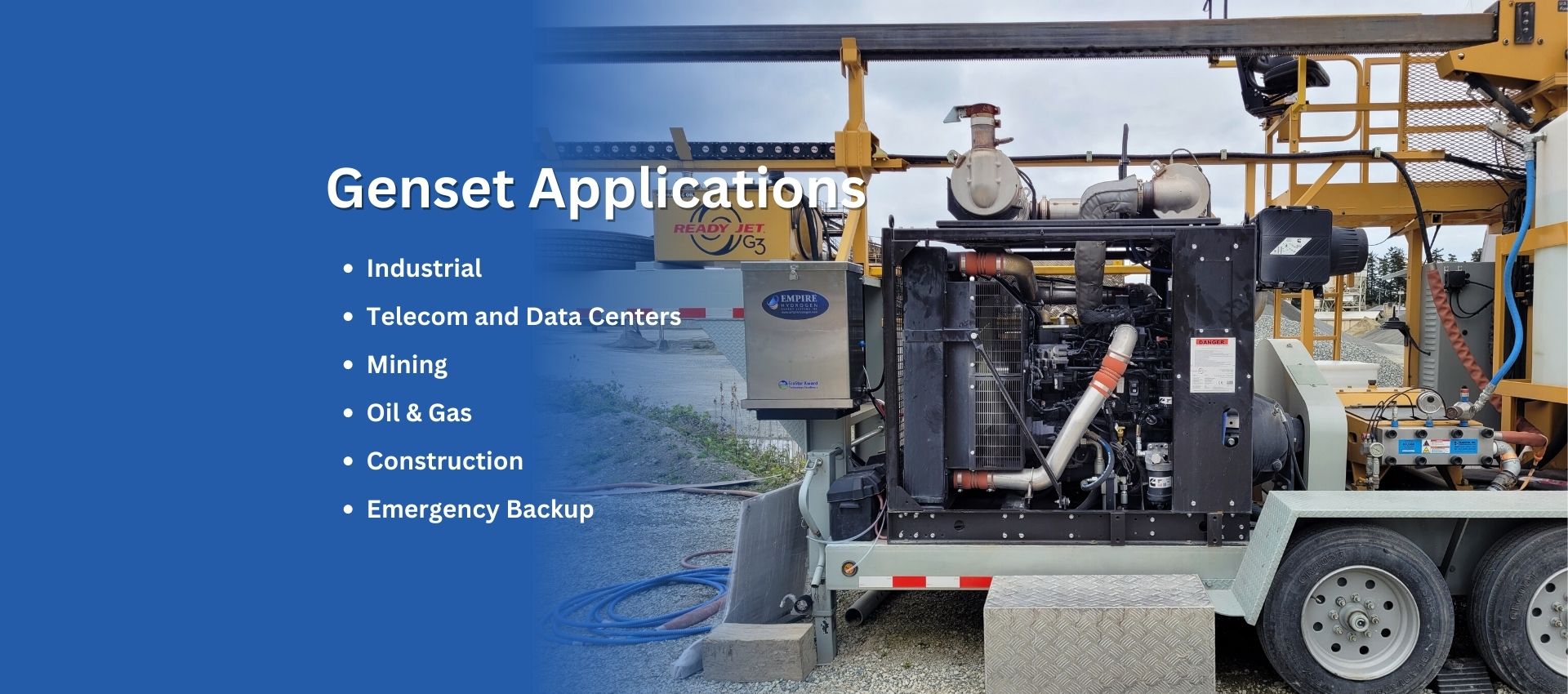
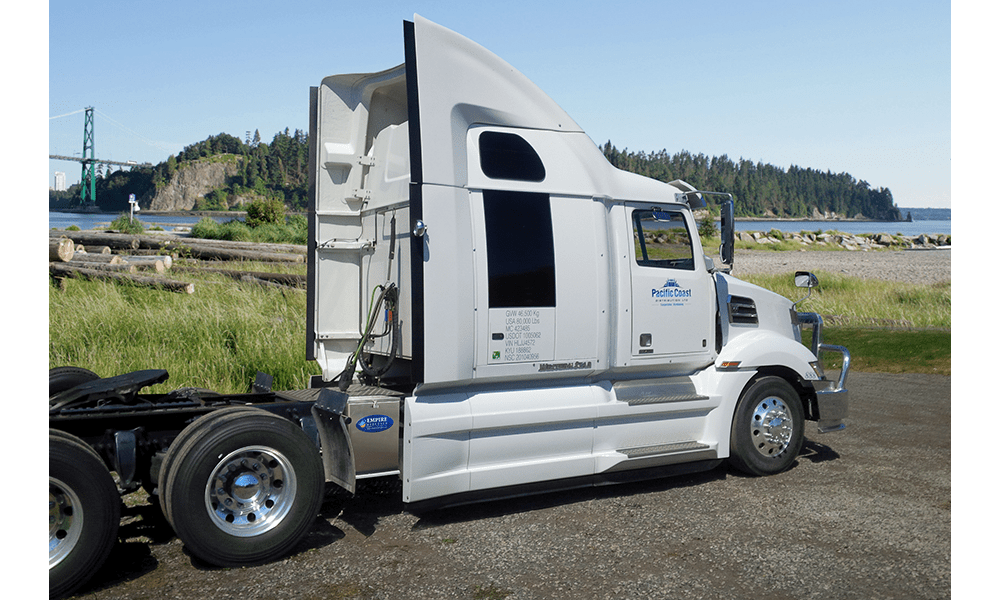
Use Left or Right Arrows, Buttons Below, or Swipe Left or Right to Slide Photos
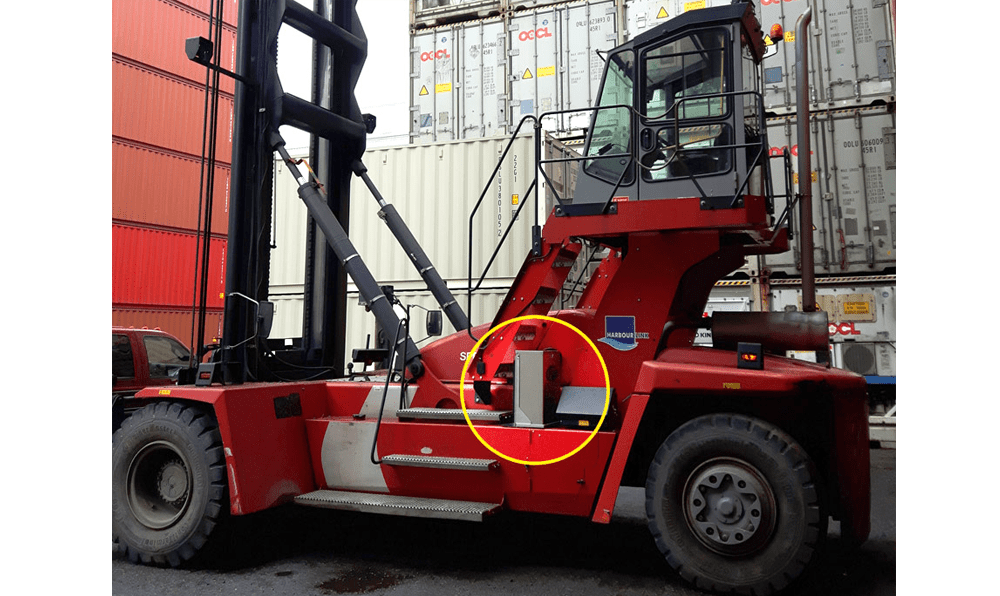


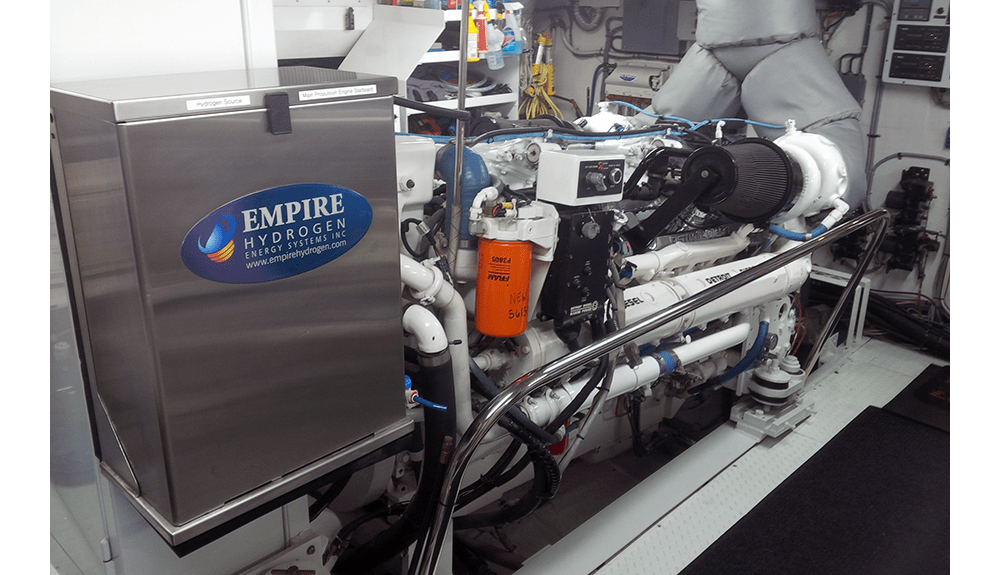
In engine room of the M/Y Isabella, with two 2,000 hp Detroit Diesel engines
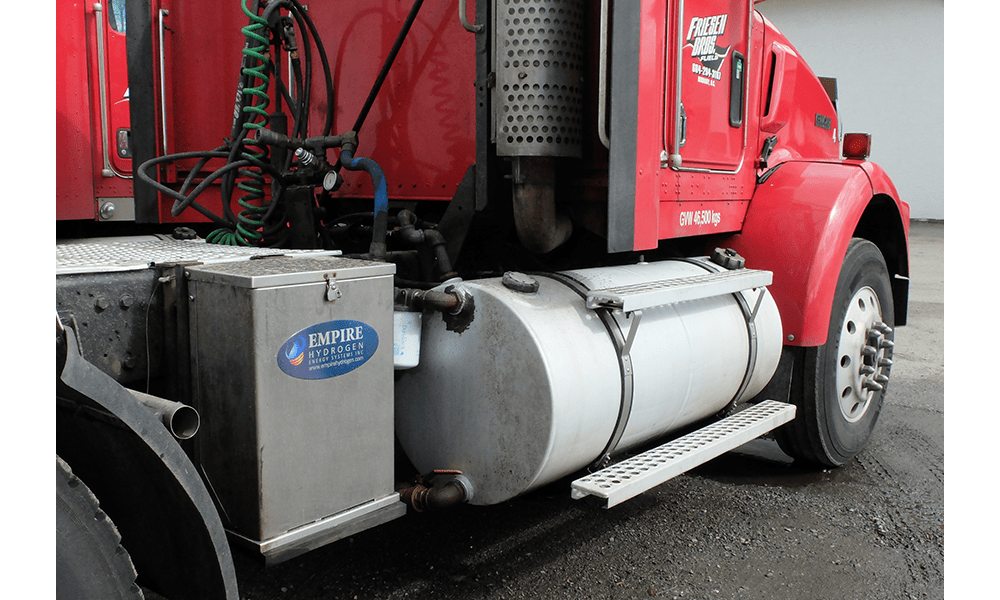
Years of service on this Kenworth with its 500hp 15-litre ISX diesel

Final performance check-out on the test bench before delivery
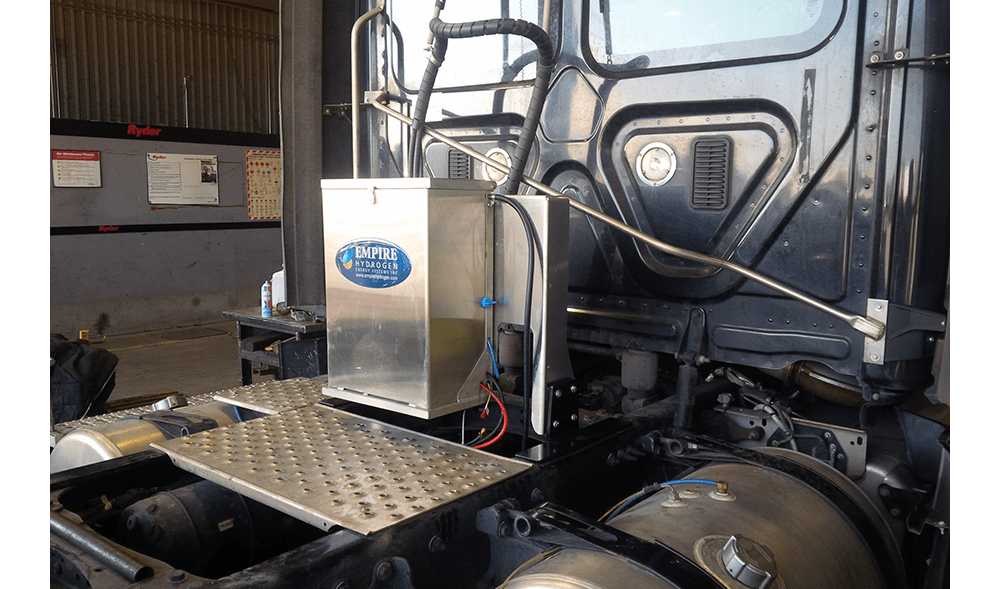
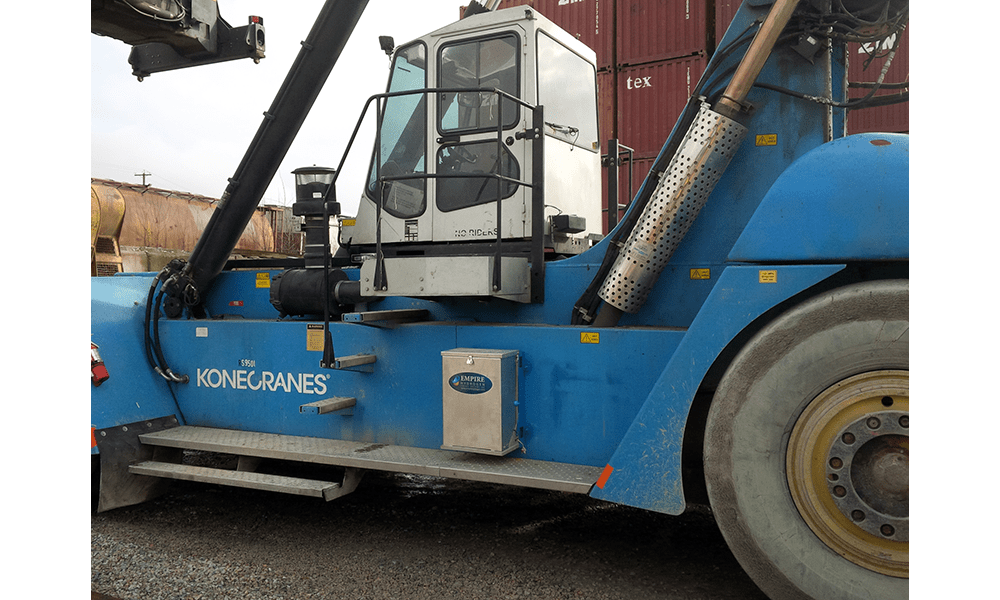
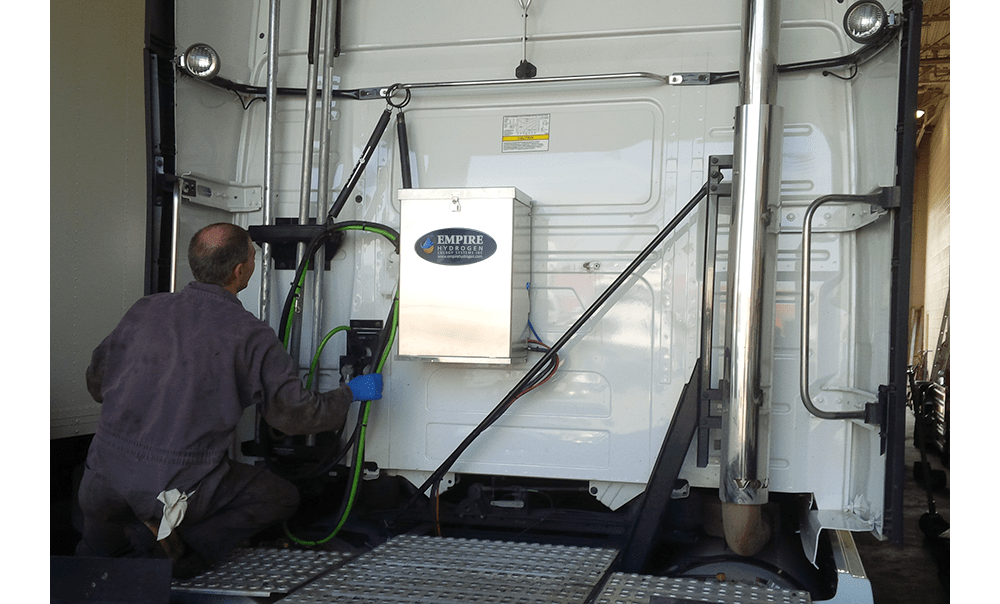

THE VEHICLE - 2004 Kenworth 15-litre 500hp Cummins ISX Diesel.
“We were averaging, in town, between high 3's and 4. Sometimes we'd hit a 4 and a half, depending on traffic. Now I'm hitting 5's.
“When the system is on you can smell it. It has a totally different smell, a sweet smell - as compared to a choking diesel smell. The truck seems to run better, smoother.
“It'll pay for itself - no question about it. And after that, it's basically free. All you're adding is water.
THE DRIVERS - “The two drivers we have that use it have definitely noticed a difference. Increase in power, the truck seems to run smoother, on a cold start it doesn't what they call, "hunt" as much. So it definitely makes a difference.”
Peter Friesen, Owner -
Friesen Bros. Fuels, Burnaby, BC
THE VEHICLE - 2004 Kenworth 15-litre 500hp Cummins ISX Diesel
“I can tell as a driver. It increased my horsepower a bit - it just made the haul a little bit nicer. It quiets the truck down a little bit as well.
“I get half the smoke out of my stacks than anybody else, and when their smoke is out of the stack it's all black. I get white smoke coming out of mine, and that's about it.
“If we're getting better fuel mileage, better horsepower, and cleaner air - well, obviously it's a better system”
Chris Hutchings, Driver -
Friesen Bros. Fuels, Burnaby, BCTHE VEHICLE - Kenworth with 15-litre Cummins ISX diesel engine
“We are experiencing great results with over $1,000 per month in fuel savings, plus we felt an increase in power in the truck. We are very pleased with how the installation went.”
Sukhi Dhillon, President -
H & R Stone Slinger Ltd., Surrey, BC
THE VEHICLE - “It's a 1996 Ford Town Tractor, which means it's stop-and-go all the time. It's 350 hp, a 15- litre mechanical engine, no electronics, no sensors, no bells and whistles.
“So before the Empire Hydrogen system was installed, that truck would consistently get 7, 7.2, 6.9 - sort of a range between 6.9 and 7.2 mpg.
“Now, I rarely get under 8 mpg, and it''s been more common to get 8.20, 8.19.”
THE DRIVER - “I only have one driver. He does the same loads, he drives the same route - and he said, 'The truck, it doesn't seem so rough when I first start it in the morning since it got the Empire Hydrogen system on it. I can feel it. It doesn't feel so bumpy when it's started up'.”
Ron Basi, Owner -
Jen-Cam Transport, Sidney, BC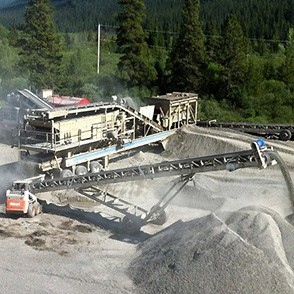
THE EQUIMENT - John Deere Power Tech 12.5-litre generator operating 24 hours a day, 6 days a week.
“This generator powers one of our rock crushing plants - typically used nine months of each year.
“Under normal operating conditions it burned 78.74 litres of diesel per hour. After the installation of the Empire Hydrogen (Fuel Enhancement System) - the plant now consumes 63.78 litres of fuel per hour. This represents a 19.0% reduction in our fuel costs. This equates to an hourly savings of $13.47.
“Now with several months of use behind us, we are very pleased with the results. We will be installing additional Empire Hydrogen (Fuel Enhancement Systems) on other pieces of heavy equipment within our fleet.”
Greg Burns, President -
Vihar Construction Ltd., Smithers, BCTHE EQUIMENT - 2012 Kenworth ISX Cummins 15-litre 500 hp
“I have a 2012 Kenworth ISX Cummins 15-litre 500 horsepower fitted with an Empire system in February. My January average mileage was 5.2 miles-per-gallon. My February average was 6.06 miles-per-gallon. I'm happy with what I'm seeing”
Nick Jawanda -
Target Pacific Coast TransportFuel is completely burned in the cylinders for much better fuel efficiency. There is no waste from incomplete combustion.
Fuel is burned much faster during the engine’s brief power cycle. No unburned fuel remains in the cylinders.

Engine carbon buildup is virtually eliminated, extending engine life. Dirty cylinders are actually cleaned up.
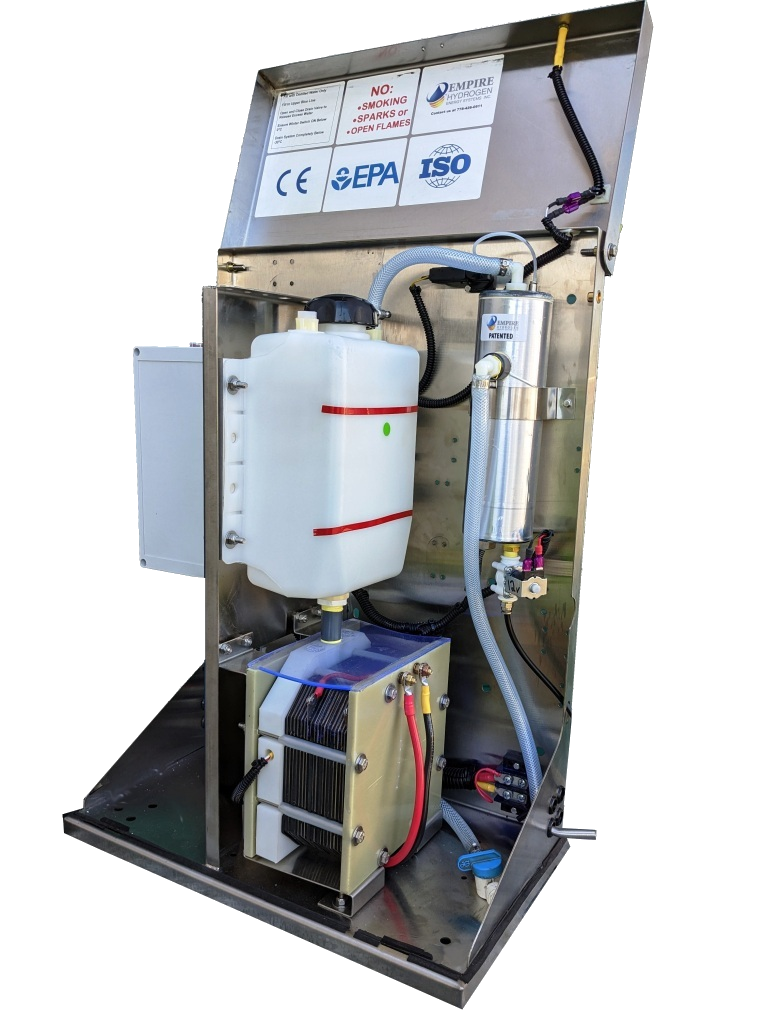

Complete fuel combustion and lower consumption mean fewer harmful emissions. The engine burns less fuel more completely.
Complete combustion also results in a 66% decrease in diesel particulates. Less frequent DPF filter cleaning and replacement.
In most cases, the Empire Hydrogen Fuel Enhancement System will pay for itself in 8 to 10 months in fuel savings.
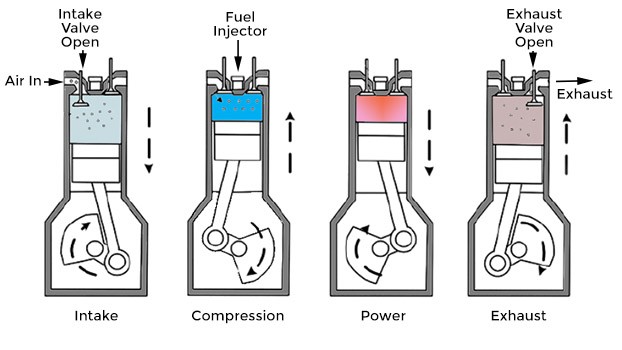
In an Internal Combustion Engine, high-energy petroleum-based fuels are vapourized, injected, contained, compressed and ignited to generate enormous pressure which applies force to move a piston down during the power stroke in each of the engine’s cylinders. Linear movement of the piston is converted to rotational energy, which is used to drive the vehicle’s wheels. However, due to the relatively slow flame speed in the air/fuel mixture and the limited time available for burning of the fuel in the engine’s cylinders during the power stroke, combustion of the fuel is incomplete, resulting in power inefficiencies and unburned byproducts.
Hydrogen burns nearly one order of magnitude faster than petroleum fuels (almost 10 times as fast), and its flames can travel closer to colder zones in the cylinder. Introducing a precise mixture of hydrogen and oxygen into the engine’s air intake causes the fuel to burn faster and more completely, significantly improving engine performance, increasing gas mileage, and reducing harmful emissions. The very small amount of hydrogen involved is not significant as an energy source, but it acts much like a catalyst, causing more efficient combustion of the engine’s fuel.
Hydrogen is the simplest and most abundant element in the universe; its most common occurrence on earth is in water. It has been known since 1800 that water may be separated into its two elemental components, hydrogen and oxygen, by electrolysis.
The Empire Hydrogen Fuel Enhancement System contains a number of electrolyzing cells of several stainless steel plates, each accurately spaced by insulating gaskets containing holes for the water and the hydrogen (H2) + oxygen (O2) gas mixture produced. The cells are connected to each other electrically and mechanically by stainless steel bolts.
Distilled water does not conduct electricity, so an electrolyte (potassium hydroxide – chemical symbol ‘KOH’) is added to the water to allow it to conduct an electric current. An electrical potential of ~12 volts DC is applied to the steel plates in the system’s cells, which contain water and the KOH electrolyte.
The current through the cells is regulated by a proprietary electronic control assembly that optimizes the hydrogen/oxygen generated according to engine size and operation parameters. The 2:1 mixture of H2 and O2 gases produced is then used as an “accelerant” to the fuel combustion process in the engine.
In the Empire Hydrogen Fuel Enhancement System, the hydrogen-oxygen mixture is generated “on demand”, and produced only when the engine is running. It is not stored on the vehicle and it is not used as a fuel. When introduced into the engine’s air intake, the mixture of hydrogen and oxygen gases dramatically improves the combustion of the fuel mixture in the engine’s cylinders. More effective fuel combustion results in lower fuel consumption, reduced harmful exhaust emissions, fewer diesel particulates, and more power and torque.
No. In fact, it will clean your engine by eliminating the harmful carbon deposits caused by incompletely burned fuel.
It is important to understand that the hydrogen is not being used as a fuel, but it acts much like a catalyst in the combustion reaction which allows the engine to use its regular fuel more effectively. The small amount of hydrogen-oxygen gas accelerant produced by the Empire Hydrogen Fuel Enhancement System mixes thoroughly with the normal air-fuel mixture as it is drawn into the engine’s cylinders, causing the fuel to burn faster and more completely. This results in more power, improved fuel economy, reduced diesel particulates and lower harmful emissions.
Not so. The Empire Hydrogen Fuel Enhancement System draws about 40 amperes from the vehicle’s electrical system. This requires less than one-horsepower from your engine, a small fraction of the typical power increase provided by the system.
Top up the water tank (1 liter max.) each time you fill the fuel tank
Distilled water or water filtered by reverse osmosis (office-cooler type water) is recommended. Depending on your local water supply, tap water can contain varying amounts of minerals and impurities. This will eventually cause deposits on the stainless steel plates in the electrolyzer cells and reduce their effectiveness.
The system’s Control Assembly shuts off the power to the cell stacks and the vehicle reverts to its normal operation until the water is replenished.
Electrolyte should be added every three months. It is available from Empire Hydrogen Energy Systems.
Unlike vehicles which use hydrogen as a fuel, this system stores no hydrogen. It produces small amounts of hydrogen and oxygen from water on demand and immediately feeds it to the engine air intake. There is never any hydrogen on hand to burn or explode. When the engine is turned off, the H2-O2 generator is turned off as well. The Control Assembly monitors 12 parameters in the engine at all times and ensures the system cannot operate when the engine is not running.
In order to ensure proper installation, the Empire Hydrogen Fuel Enhancement System must be installed by one of our trained and authorized dealers. This dealer network is expanding rapidly and allows us to provide a complete warranty on the system.
No. The engine’s alternator can supply the extra current without a problem. In the case of very large stationary engines, an extra alternator could be added exclusively for the EHFES unit if necessary
None. The generated H2-O2 gas mixture is simply fed into the engine’s air intake.
The tiny amount of extra fuel required to power the Empire Hydrogen Fuel Enhancement System is offset many times over in fuel savings realized by more efficient combustion and increased engine power.
By creating more complete fuel combustion, carbon monoxide (CO) is virtually eliminated. Carbon dioxide (CO2) and hydrocarbons (HC) are reduced as less fuel is burned.
© 2023. All Rights Reserved.
Created by Canopy 3Sixty